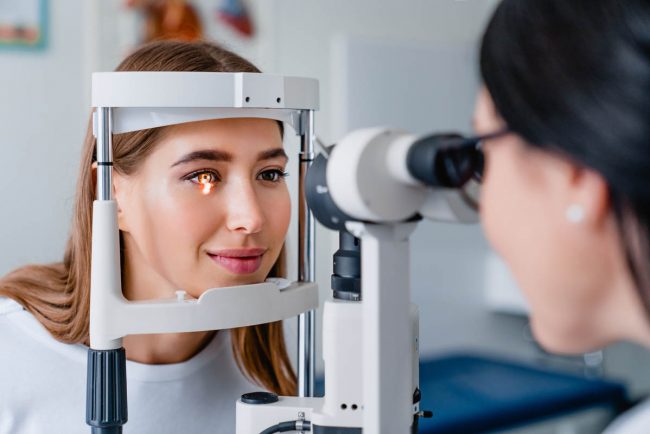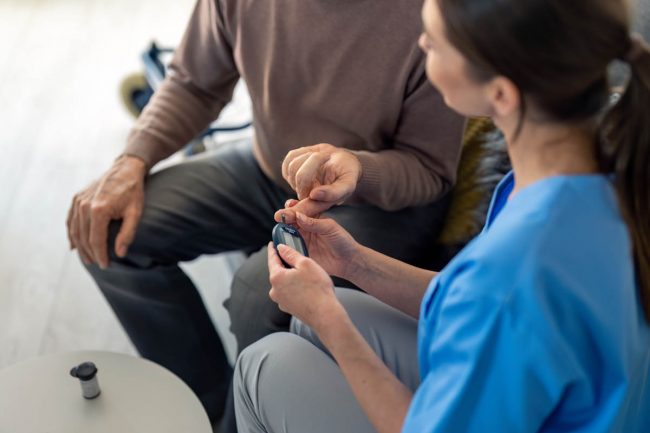Peyronie’s Disease
[vc_row gap=”20″][vc_column css_animation=”fadeInLeft” width=”1/3″][ult_sticky_section sticky_gutter=”150″][vc_empty_space height=”10″][vc_empty_space height=”10px”][vc_empty_space height=”10px”][vc_row_inner][vc_column_inner offset=”vc_hidden-sm vc_hidden-xs”][vc_widget_sidebar show_bg=”false” sidebar_id=”sidebar_3″][/vc_column_inner][/vc_row_inner][/ult_sticky_section][/vc_column][vc_column width=”2/3″][vc_column_text]Peyronie’s disease is a condition characterized by the development of fibrous scar tissue, called plaques, within the penis. These plaques cause the penis to bend or curve during erection, resulting in pain, discomfort, and potential difficulties with sexual activity. The exact cause of…










